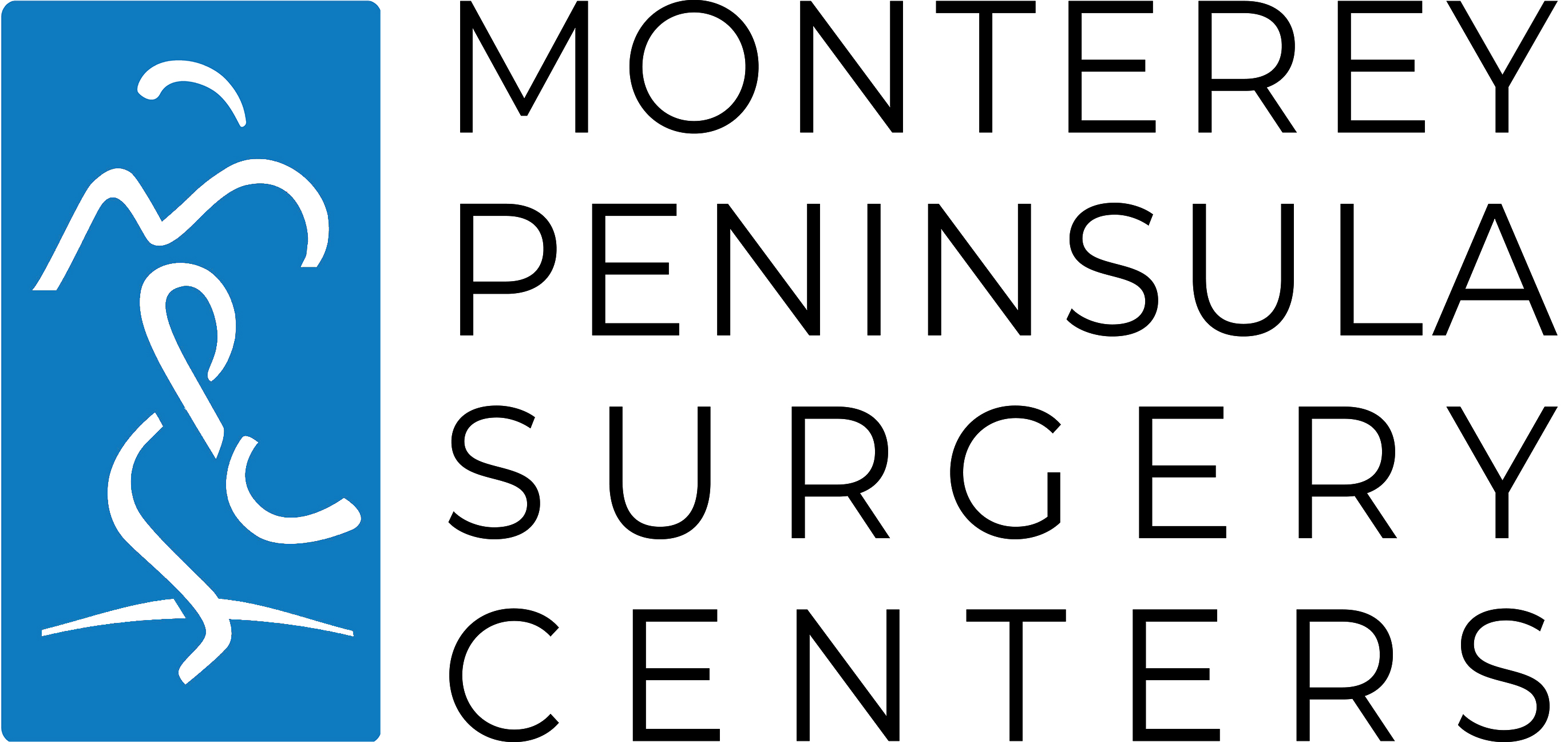Orthopedics is the study of the musculoskeletal system. Orthopedic doctors specialize in the diagnosis and treatment of problems of the musculoskeletal system which includes:
Bones
Joints
Ligaments
Tendons
Muscles
Nerves
Types of Surgical Procedures
Arthroscopy
Arthroscopy allows the orthopaedic surgeon to insert a pencil-thin device with a small lens and lighting system into tiny incisions to look inside the joint. The images inside the joint are relayed to a TV monitor, allowing the doctor to make a diagnosis. Other surgical instruments can be inserted to make repairs. Arthroscopy often can be done on an outpatient basis. According to the American Orthopaedic Society for Sports Medicine, more than 1.4 million shoulder arthroscopies are performed worldwide each year.
Open Surgery
Open surgery may be necessary and, in some cases, may be associated with better results than arthroscopy. Open surgery often can be done through small incisions of just a few inches. Recovery and rehabilitation is related to the type of surgery performed inside the shoulder, rather than the type of procedure.





